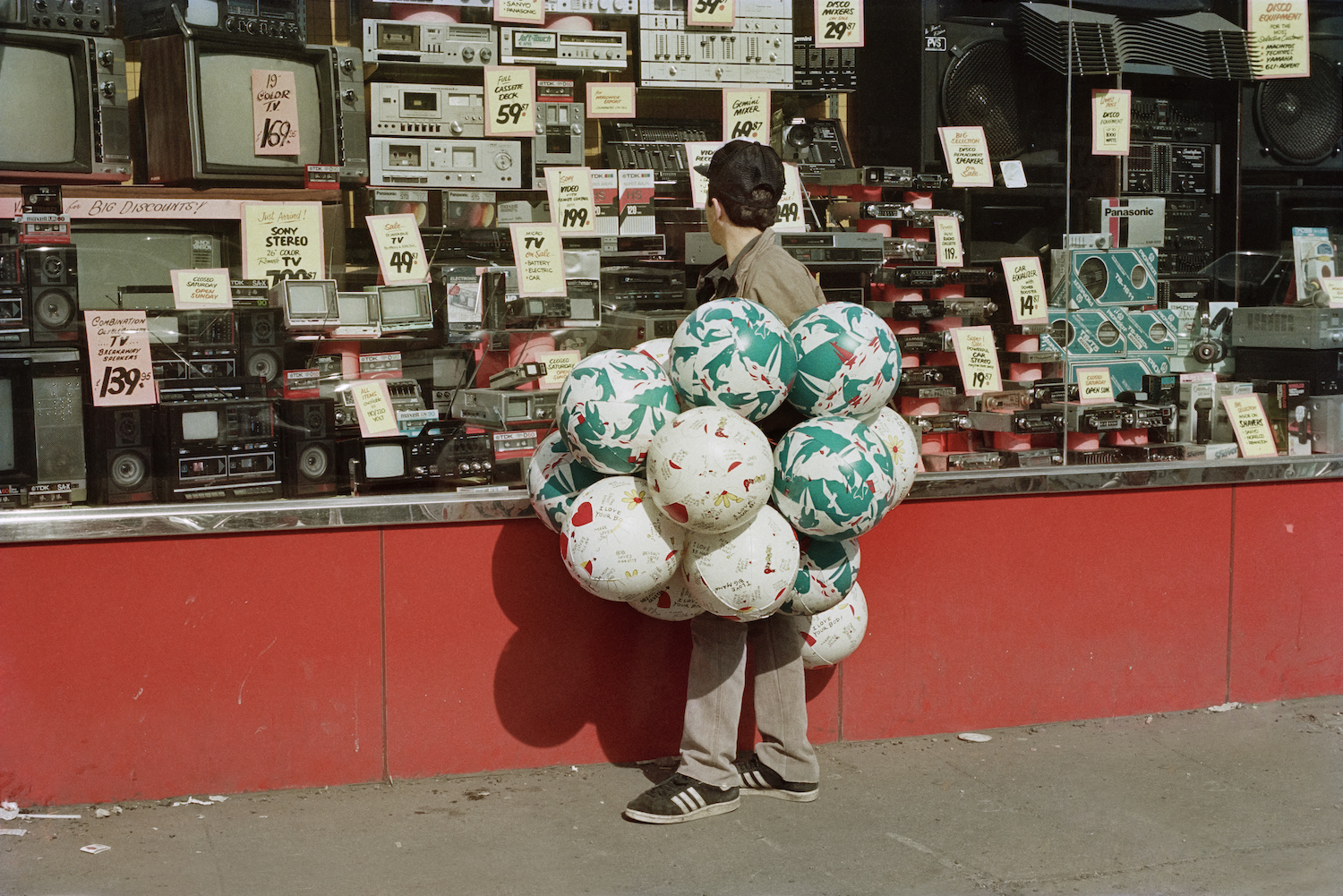“I call you Loisaida / Incredible / a perfect mix / a very decent people / of all races / who appreciate you / who adore you / don’t know how to explain / what happens / when absent from / your reckless streets / yes, they love / You, my beautiful Loisaida,” wrote Bimbo Rivas in his 1974 poem, Loisaida.
The poet was at the forefront of the Nuyorican movement, a collection of artists and activists who gave voice to the Puerto Rican experience in New York, and were largely based in the East Village. ‘Loisaida’, his Spanish-English melding of ‘Lower East Side’, was adopted into the local lexicon; his poem fast becoming a beloved ode to an area infused with the cultures and stories of hundreds of thousands of immigrants who began their American experience there, whether passing through or calling it home.
“Loisaida had this raw energy that pulled you in,” says photographer Tria Giovan, who arrived there in 1984, at the age of 23. Fresh from college and new to New York, having left her family home in Saint Thomas in the Caribbean, she was recommended the area by someone she ran into at a party, and moved into a tenement building on Clinton Street shortly after.
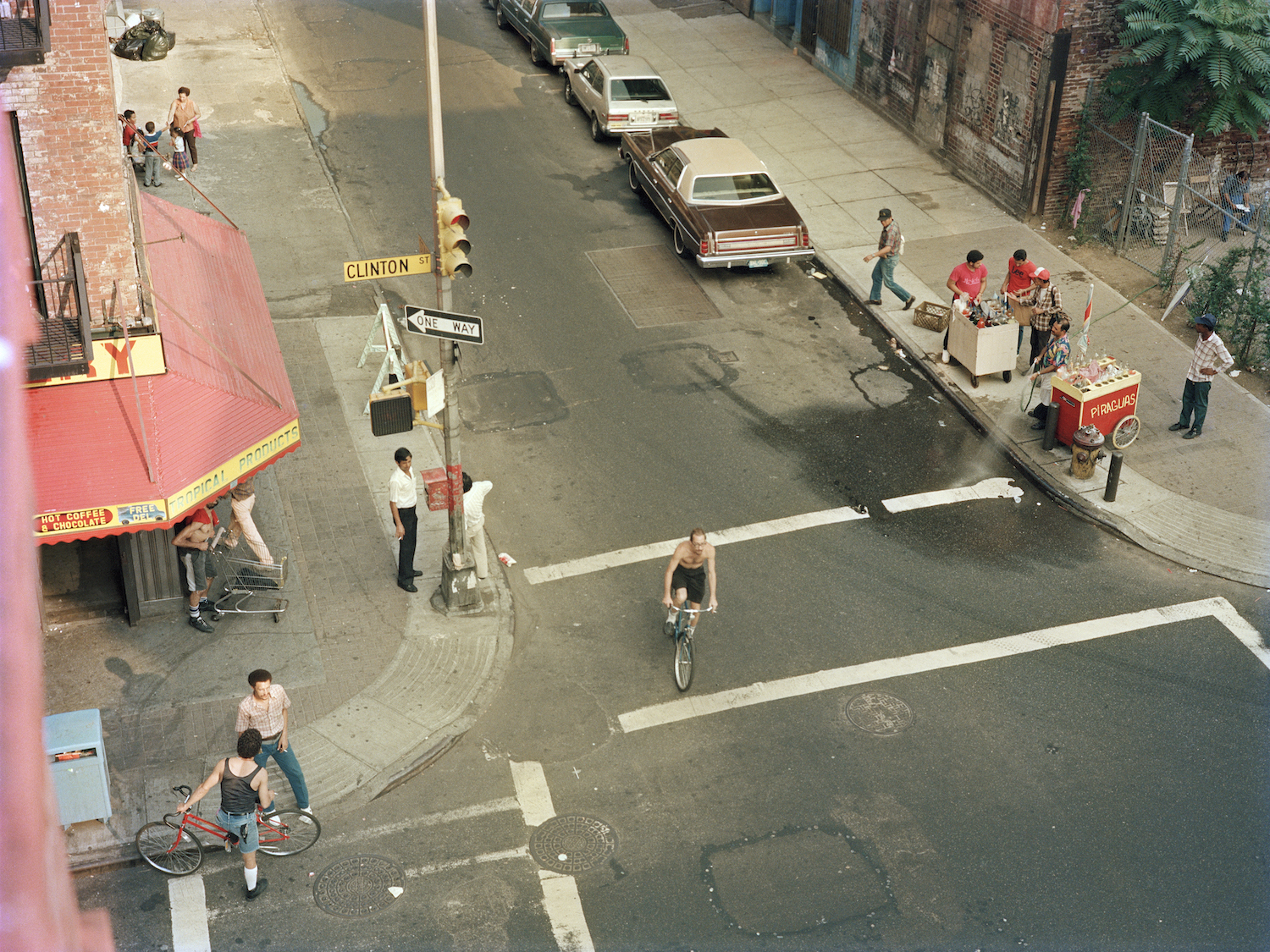
The city was “on the upswing” in the early 80s, surfacing from a decades-long financial crisis. But the scars of economic damage and public disinvestment were nowhere more visible than the Lower East Side, making it shorthand in the media for crime, drug abuse, and urban decay. “There was all this talk of it being scary or dangerous, but it was really just a family neighbourhood,” Tria says. “And it was affordable. I was definitely an outsider, but this was before the mass gentrification movement of everyone finding it hip and cool down there.”
Just as Bimbo Rivas wrote of the area’s unique “song”, Tria describes daily life there as like “an ongoing opera”. From her third floor apartment, she looked out at the bustling corner of Clinton and Stanton Streets, and lived to a soundtrack of merengue and salsa music, fighting (“organised or otherwise”), the calls of pushcart vendors, and the chatter of family gatherings held on neighbouring fire escapes.
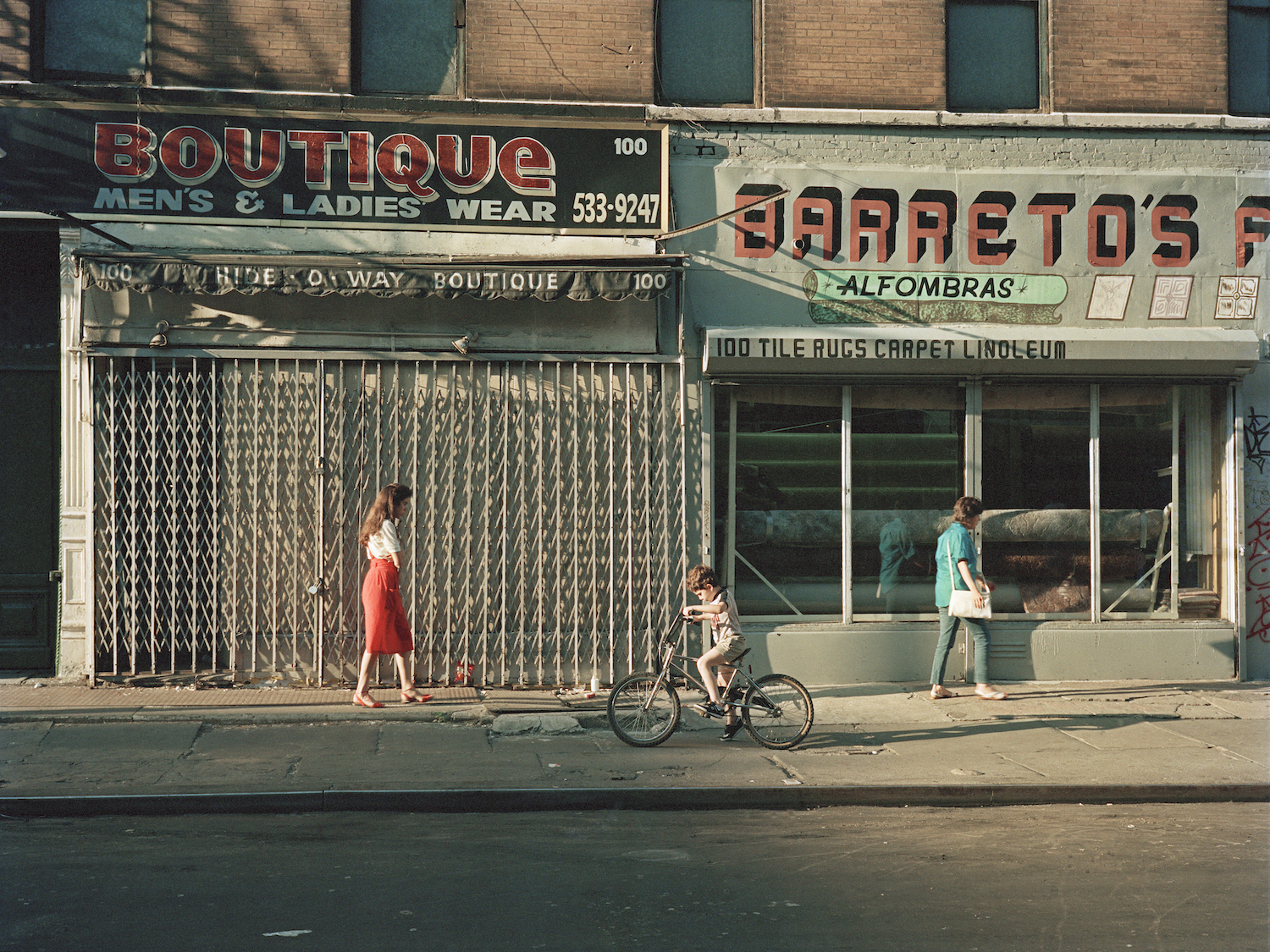
Working as a freelance photo assistant, she spent her spare time wandering the streets, camera in hand, curious to discover more about her new home. “The more I learned about the place, the more interested I became. It was like peeling back layers to become more intimate with it, and I think my pictures show that.”
Tria spent six years capturing Loisaida’s diverse and resilient community, who thrived in spite of the challenges and stereotypes. She photographed in colour in a straight, documentary style, using her dad’s old Leica, before progressing to medium format cameras. Drawn to “fleeting moments, gestures, colour, and light”, her pastel-hued images tell a story of life lived on the street, flickering between block party wrestling matches, children playing among abandoned buildings, and hang-outs on fire escapes and outside bodegas.
“I didn’t overthink it, I just went out and responded instinctively to my environment,” she says of her vibrant, evocative street shots. “The trick is to be completely present, to look in your peripheries, to not hesitate. It’s like a muscle or a reflex, you know, the more you use it, the more refined and defined it becomes.”
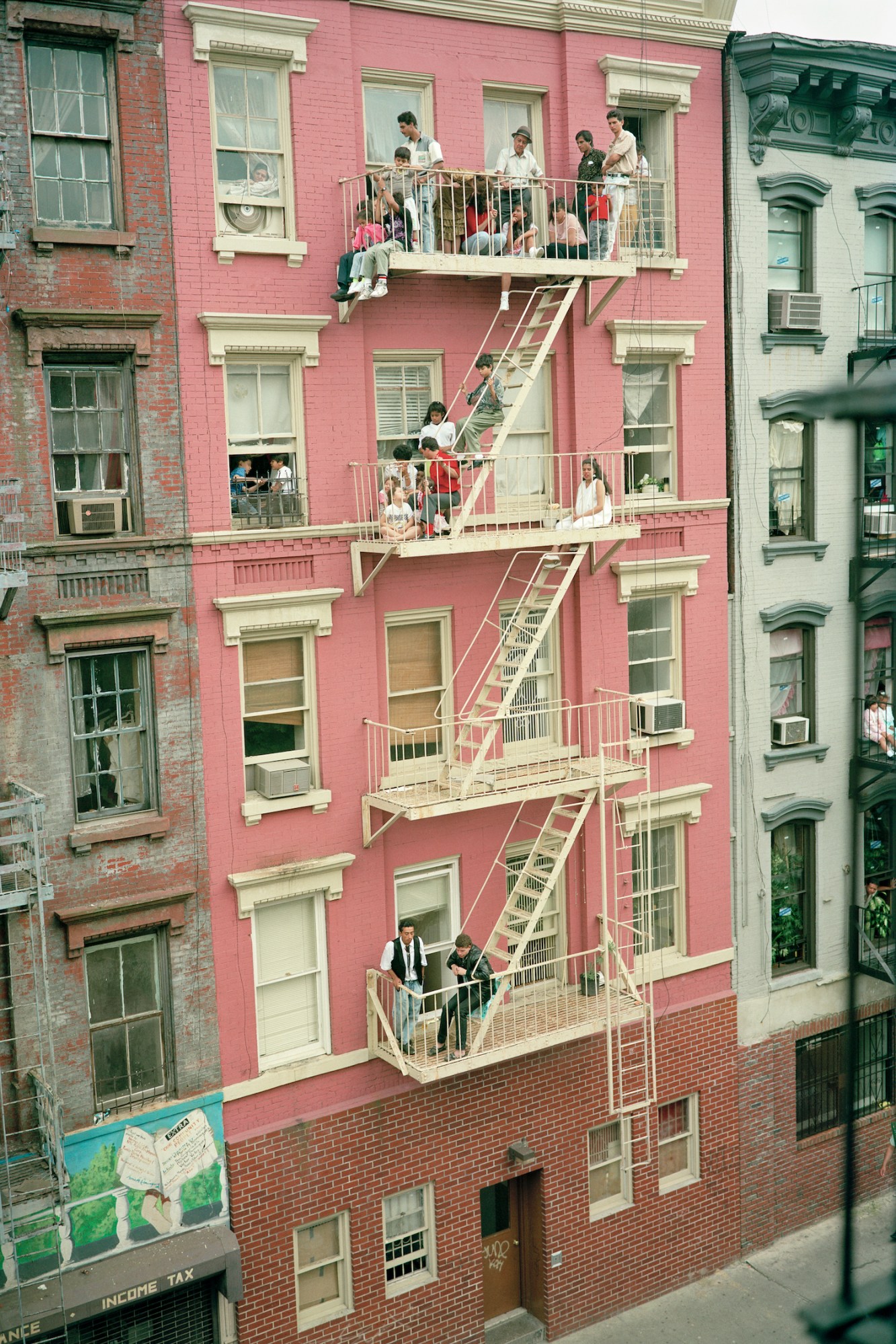
Tria left the neighbourhood in 1990, when she began photographing in Cuba for what would become The Cuba Archive: Photographs 1990–1996, her most well-known body of work. The negatives she made during her time on the Lower East Side – the majority never edited or printed – languished in boxes until the pandemic, when she dove deep into her archives. “I was concerned the old film would start to deteriorate, and the next thing you know, I was digging through boxes finding things I didn’t remember, but which resonated in retrospect.”
Resurrecting the series through editing, scanning and sequencing, she produced Loisaida: New York Street Work 1984-1990 (2023). Prefaced by Bimbo Rivas’ poem, the photobook is both a nostalgic look back — its pages seem almost warm to the touch with dreamy scenes of sun-drenched afternoons — and an invitation to viewers to rediscover and rethink Loisaida. It reflects Tria’s personal relationship to her surroundings, and contributes to an ongoing visual legacy of this ever-evolving pocket of New York.
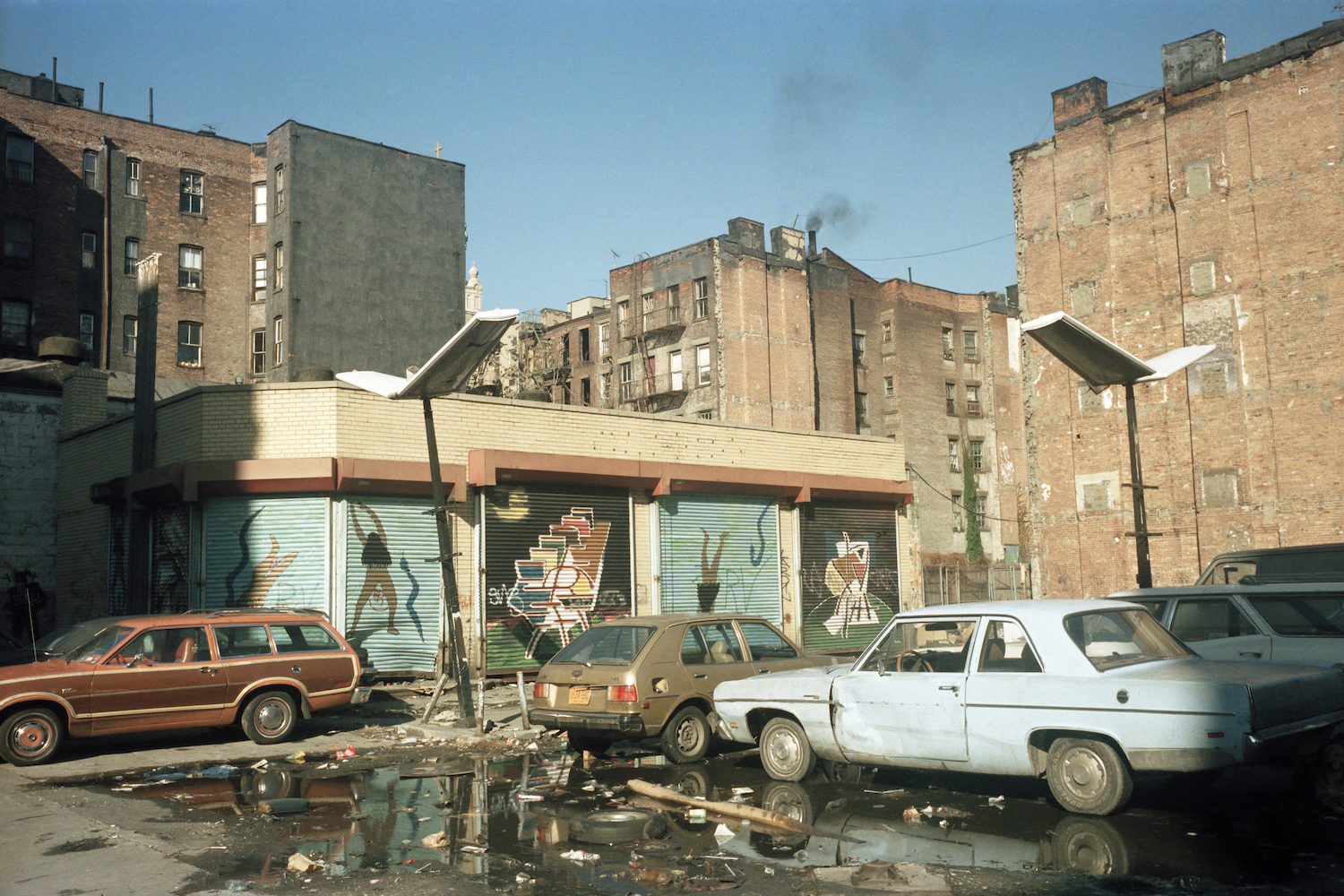
The Lower East Side was the gateway to America for waves of immigrants throughout history, welcoming those from Europe from the late 1600s through to the early 1900s, and many new arrivals from Puerto Rico and China by the mid-1900s. Tria’s storefront photographs document these shifting demographics, with criss-crossing signage advertising older Jewish businesses alongside Puerto Rican and Chinese American ones. “Block to block, there were cultural overlaps, in the way Chinatown would start to meld into the old Jewish neighbourhood, which was becoming predominantly Hispanic. Everything was morphing all the time,” Tria recalls.
Over the course of her time there, the wave of gentrification that would engulf the place was becoming increasingly visible. “What drives me as a photographer is capturing things before they change and before they disappear. I think I had archival intentions even then, though I’m not sure I really realised it at the time,” Tria explains. “A lot of what people associate with that era and that area is the punk rock and the graffiti. I feel like this book takes it somewhere else, somewhere softer.”
Despite its radical changes, Tria still feels energised by the Lower East Side when she visits now. “Even through all the changes, it still somehow holds an energy that’s different to the rest of New York,” she says. “So many people have passed through the area, you can’t help but feel that all that history gets lodged in the sidewalks somehow. It’s a special place.”
‘Loisaida: New York Street Work 1984 – 1990’ is published by Damiani and available to buy here. You can see more of Tria’s work on her website and Instagram.

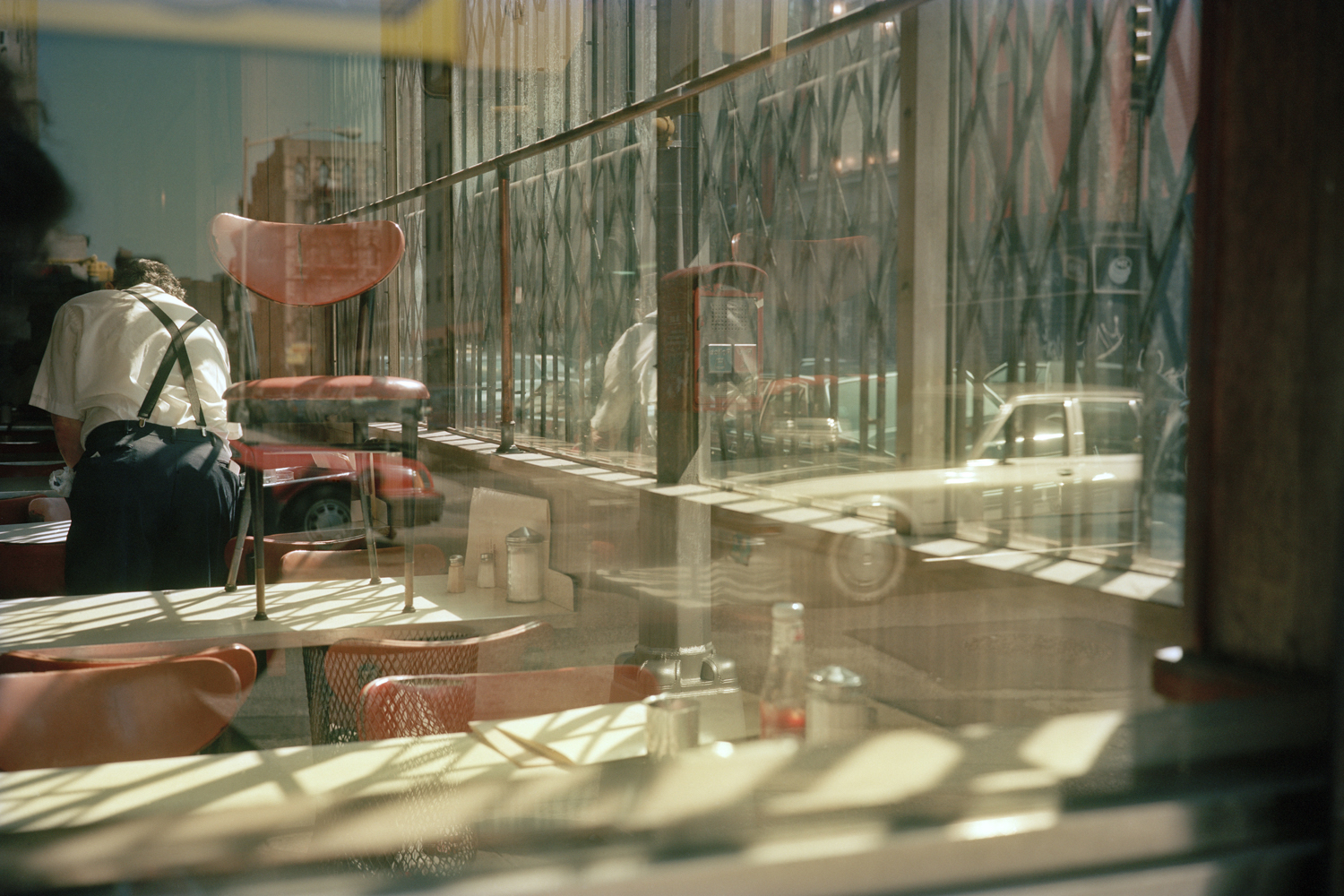
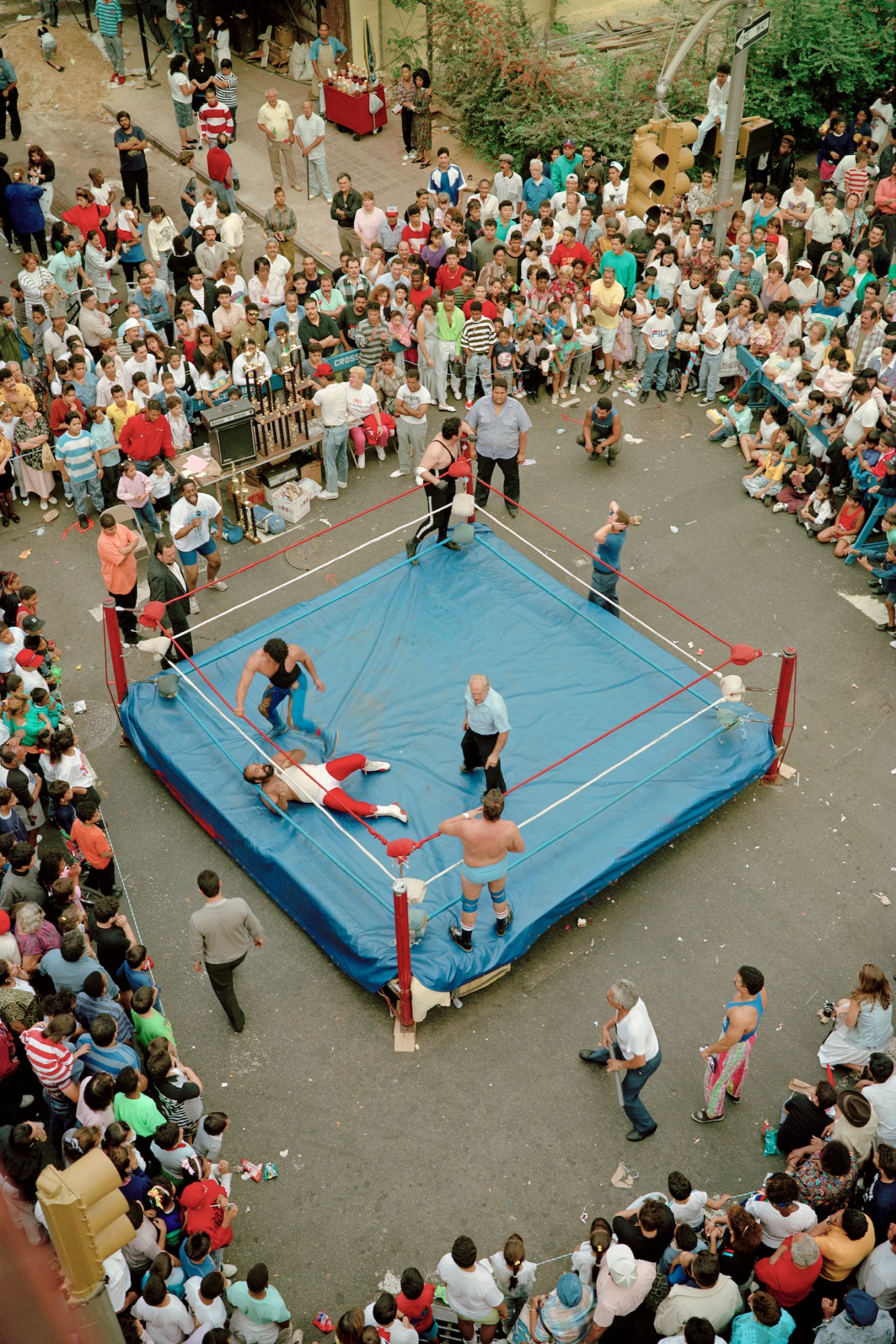
Credits
All imagery courtesy of Tria Giovan
